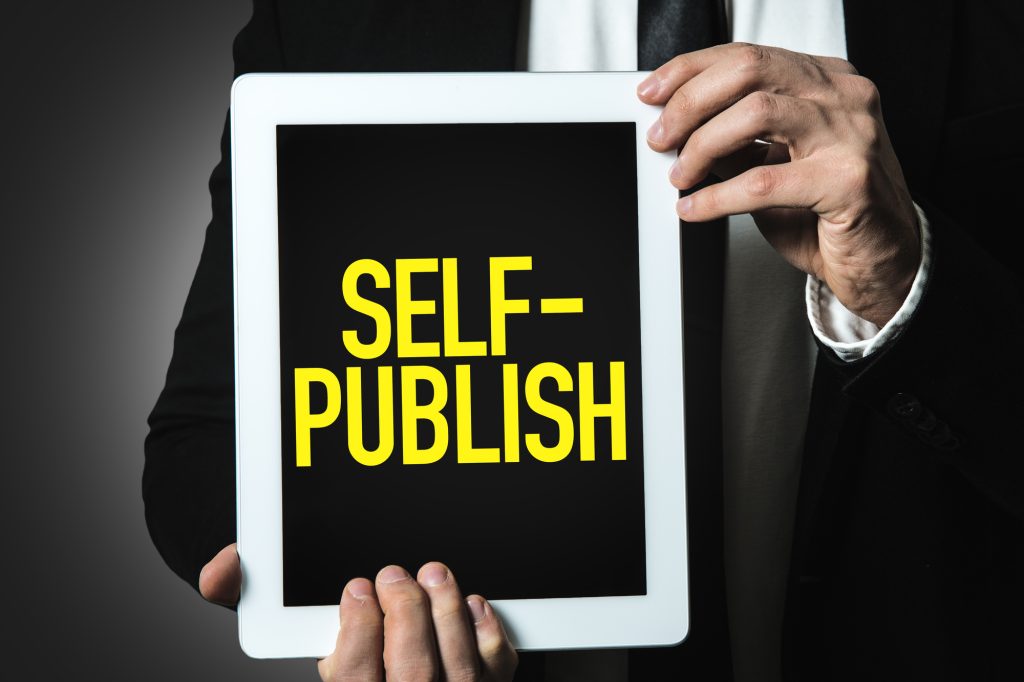Are you looking to launch your career as an author? Are you wondering if you should be looking into self-publishing?
Believe it or not, self-publishing may not be as complicated as you think. And it promises extra benefits you may not have thought of.
Here’s what you need to know.
1. Keep More of What You Earn
Self-publishing your book means that you’ll need to write and edit your own material. It also means you’ll need to hire a cover designer and locate some quality book printing services.
The extra legwork, however, may be well worth the effort. Your royalties from a traditional book publisher are usually somewhere from 15-20% of net revenues. When you self-publish, your percentage of revenues could be as high as 70%.
You can even use the money you earn to invest in advertising so you can continue to earn maximum profits on your investment.
2. Bypass Traditional Publishers
Pitching books to traditional publishers and literary agents can be time-consuming and disheartening. Oftentimes, these professionals are looking at hundreds of books each day. Yours could be rejected simply due to the sheer volume of work your publisher is looking at.
With self-publishing, however, you can bypass these steps and walk right into the world of finding a book printer and getting your title out there.
3. Creative Control
A traditional publisher will have much input to provide you with when you’re getting ready to put your books on shelves. The writing, editing, printing, and design of your manuscript will also come under scrutiny as your publisher decides how your book can be best marketed.
With self-publishing, however, you’ll get to retain creative control over your project. You can run with your vision and not have to worry about how the feedback of others will influence your publication.
4. Control Your Pricing
Self-publishing also gives you the opportunity to price your book the way you want. It’s important to set realistic expectations. For example, you’ll want to consider how much you’ll make at a certain price point once you’ve paid for shipping and printing costs.
Take a look at what your target audience is paying for similar stories, and look to price your book accordingly. Pricing your book too low can make it seem undesirable, but pricing it too high could mean you’ll lose some readership.
5. Getting Your Name Out There
Self-publishing involves a bit more than simply writing your manuscript and putting it online. After you’ve written and edited it, you’ll need to come up with an interior design, cover design, and book title that will appeal to your readership.
Next, you can choose a self-publishing company. Find out what distribution channels they have access to. Finally, you can market your book through social media, author events, and forums for the indie publishing community.
While you’re going through the self-publishing process, expect to meet some interesting people. Many of them may be able to offer you some great advice and even introduce you to those in publishing who can get your book out there.
If you’re new to publishing, self-publishing could be a great way to network and make connections.
6. Improve Your Reputation
Bookstores will be more likely to stock your books if you’ve got more than one title out there. With self-publishing, you can strengthen your reputation as a capable and prolific writer.
Traditional publishing houses may even be more likely to sign you if you’ve got several titles published already.
Types of Books That Are Popular in Self Publishing
As a writer, you’ve probably got genres that you know you can excel in. You should stick with what you know and focus on turning
Self-publishing, however, does have a few genres that tend to sell better than others. Children’s fiction, for example, does particularly well. Similarly, fantasy fiction and modern literary fiction seem to draw a number of readers.
In terms of fiction, romance, adventure, and young adult novels all tend to sell well if marketed correctly. If you’re looking to publish nonfiction, biographies often do well. Similarly, memoirs and autobiographies are popular with readers.
Self-help books can get you a large readership, as can religion and spirituality novels. if you’ve got a journey of overcoming adversity that you’d love to share with the world, you could have a best-seller on your hands!
Self Publishing Tips
If you’re looking to self-publish in a particular genre, it helps to read as many stories in that genre as possible so you can get an idea of the different styles and techniques that are popular.
Online writing communities are a great way to connect with others in your genre. You can also meet those in writing and publishing at conferences and author retreats.
Enlisting the help of other professionals can be a worthwhile investment, especially when it comes to design and printing. If you have no experience with visual arts, you may want to hire someone who knows what they’re doing. Remember that your package will be the first impression that most readers have of your book.
Use your social media outlets to make announcements and start mailing lists. Make sure to talk to others about finding a quality book distributor. And most of all, create a work you’re immensely proud of so you can be fulfilled even if your sales aren’t particularly high this time.
The Self-Publishing Advantage
Self-publishing seems challenging to all of us the first time. However, with a little research and a lot of inspiration, you could have a popular book on the market in no time!
Don’t stop getting smart about your literary career now. For professional assistance with book printing, contact us today.

